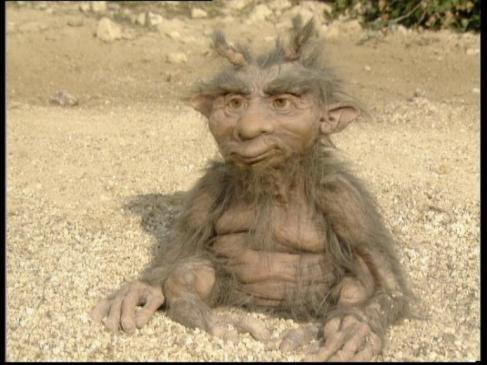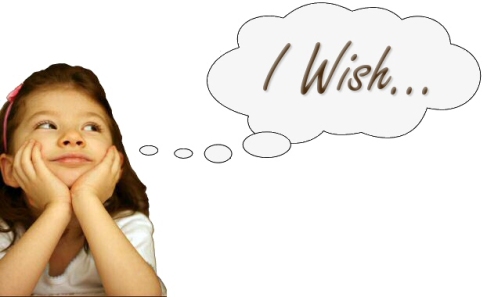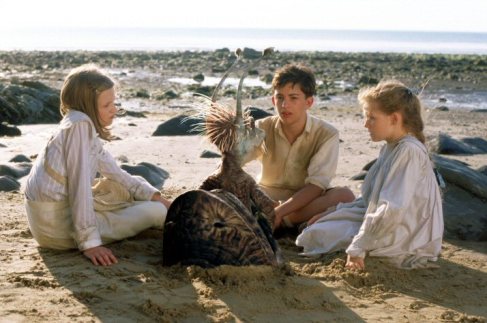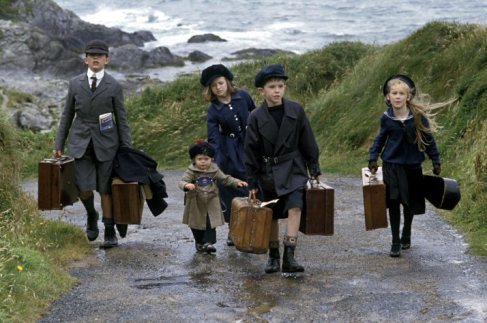
The cover art of the book
In A.A Milne’s classic Winnie the Pooh, our titular character is a very interesting one to analyze, both in regard to his role as the “protagonist” of the story and his relationship with Christopher Robin. He seems to be good friends with all of the regularly appearing residents of the Hundred Acre Wood and is very attached to Christopher Robin.

Pooh definitely loves honey…
Pooh is arguably the most lackadaisical character of the entire novel. Unlike most protagonist of stories, Pooh is not driven by a quest nor fights against an antagonist. Instead, Pooh simply interacts with his fellow wood residents and gets into mischievous situations. Pooh’s one notable trait that compels him to complete tasks is his constant quest for honey, which he seems to adore almost as much as Christopher Robin (if not more so). This gluttonous quest for honey often causes the conflict in the stories centered on Pooh, notably including a chapter where he gets stuck in a hole leading to Robin’s underground home. This need for honey also can indirectly affect other characters, which is best seen when Pooh wishes to give Eeyore honey for his birthday but eats it all after becoming hungry. Although Pooh often complicates matters due to his seemingly unquenchable hunger for honey, he never purposely wishes to hurt his friends and even concocts solutions to fix his problems. Pooh at his core seems to be a very pure character with good intentions which can sometimes be affected by his character flaw.

A beautiful friendship
Another interesting dynamic concerning Pooh’s character is his attachment to Christopher Robin. Pooh seems to be the character that loves Christopher the most, which is paralleled by his “real-life” role as his teddy bear. In the novel, Christopher Robin is usually the one who comes to Pooh’s rescue when he gets in trouble. A very important detail to highlight is the boy’s patience with Pooh, something that never seems to be compromised. Other characters are usually quick to criticize and quip at Pooh due to his character flaws; in stark contrast, Christopher never becomes upset with Pooh and usually just refers to him lovingly as a “silly old bear.” Pooh’s love for him seems to definitely owe itself to this fact and can be paired with how Pooh looks up to Robin as both a guardian and a friend. This dynamic definitely gives Pooh a compelling characterization and enhances the arc he shares with Christopher, which comes to a bittersweet close when the boy leaves for school. Pooh states “if there ever comes a day when we can’t be together, keep me in your heart, I’ll stay there forever”, which I think best captures their relationship.















